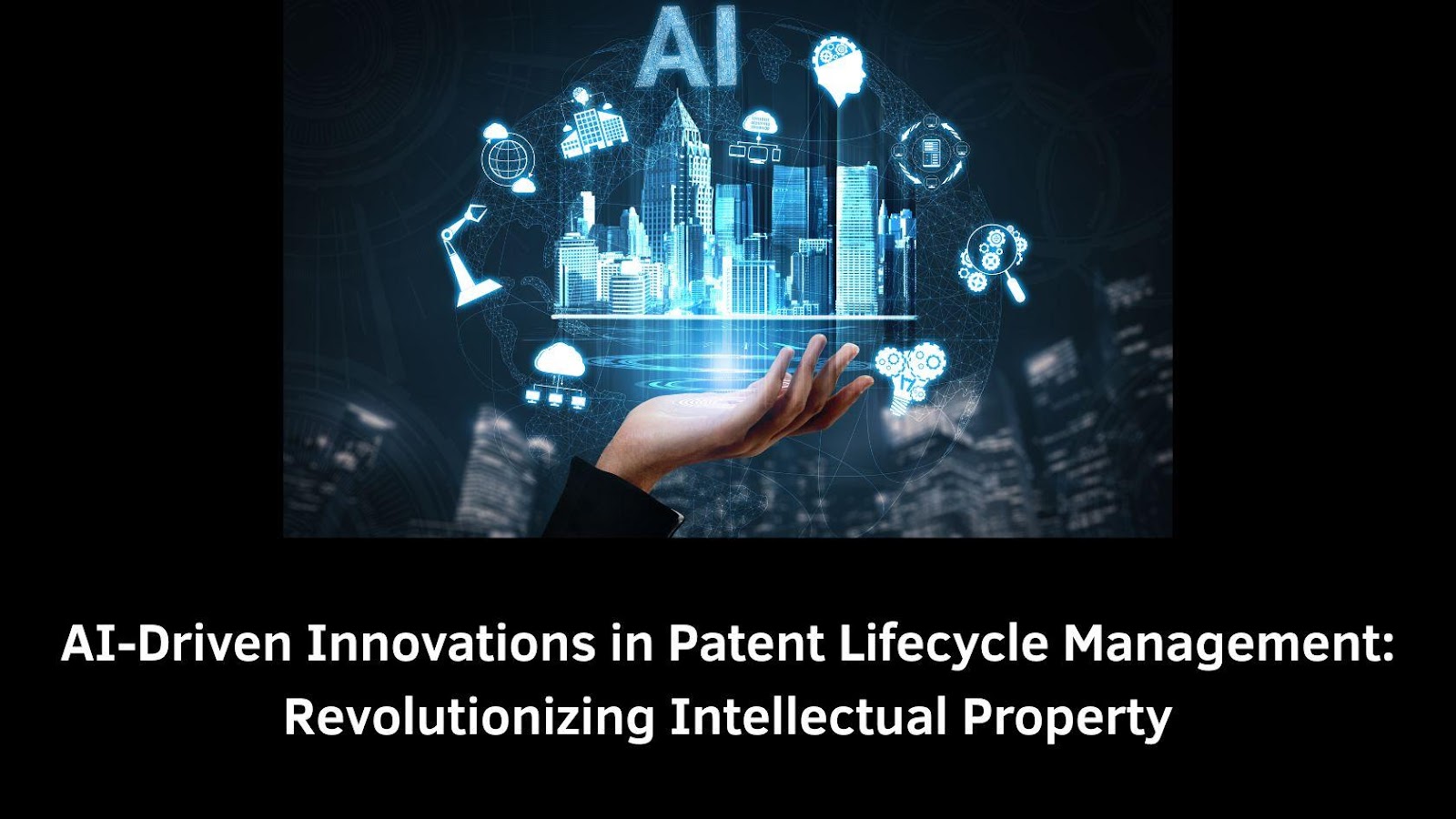In the ever-evolving digital landscape, the integration of Artificial Intelligence (AI) into patent lifecycle management is transforming the way intellectual property (IP) is handled, enhancing the process from ideation to commercialization. Shahzeb Akhtar, the author of a detailed analysis, sheds light on the innovations brought about by AI across the patent lifecycle. From simplifying research to optimizing patent portfolios, AI is reshaping the landscape of intellectual property management.
Revolutionizing the Ideation Phase with AI
AI is transforming the ideation phase of innovation by accelerating brainstorming and idea generation. By analyzing vast datasets—like patents, market trends, and scientific literature—AI identifies hidden patterns and connections across fields. For instance, it enabled the creation of a new drug delivery system by linking concepts from water filtration and polymer chemistry. Additionally, AI chatbots and virtual assistants provide real-time data and support, helping inventors refine ideas more efficiently and spark dynamic, breakthrough innovations.
AI’s Impact on Initial Research and Patent Searches
AI is revolutionizing prior art searches by using natural language processing and machine learning to scan vast patent databases and scientific literature with precision. It uncovers hidden connections across technologies that traditional methods might overlook. AI also aligns patents with corporate strategy by analyzing portfolios and predicting market potential. This enhances strategic decision-making and prioritization. As a result, the research process becomes faster and more insightful, enabling patent professionals to focus on high-value tasks rather than routine analysis.
Streamlining Patent Drafting and Submission
AI is transforming patent drafting by enhancing speed, accuracy, and quality. Natural language processing (NLP) tools help patent attorneys craft clear, consistent descriptions by suggesting appropriate technical terms. These tools also analyze prior patents to optimize claim structure and maximize legal protection. AI further tailors claims to meet the legal standards of different jurisdictions, ensuring global compliance. By automating routine tasks such as terminology refinement and claim adjustments, AI significantly reduces drafting time. This allows attorneys to focus on strategic legal elements, such as enforcement and portfolio management. Overall, AI-driven drafting improves precision, consistency, and efficiency, streamlining the entire patent application process while maintaining high standards of legal and technical accuracy.
Enhancing Patent Office Interactions with AI
AI is streamlining interactions with patent offices, traditionally known for being slow and complex. AI-powered tools now assist in analyzing office actions—documents with objections or rejections—helping patent attorneys draft effective responses more quickly. These tools categorize rejections and identify relevant prior art, speeding up the review process. Additionally, AI can predict patent approval by analyzing trends from past applications, offering valuable strategic insights. This predictive capability helps applicants decide whether to amend claims, continue prosecution, or pivot strategies. Overall, AI reduces the time spent on back-and-forth communications, accelerating the patent examination process and improving efficiency for patent professionals and applicants alike.
Post-Grant Management and AI Optimization
AI streamlines post-grant patent management by automating maintenance tracking, detecting infringements, and identifying licensing opportunities. It analyzes market trends and competitors to tailor monetization strategies. AI-driven systems efficiently scan data to spot infringements, enabling quick IP protection and ensuring that patents retain value throughout their lifecycle.
Transforming Patent Portfolio Management with AI
AI is revolutionizing patent portfolio management by enabling dynamic valuation through market trends, licensing data, and citation analysis. It helps identify high-value patents aligned with business goals and simulates future scenarios for smarter decision-making. This AI-driven approach boosts efficiency and ensures companies maximize the value of their intellectual property assets.
Navigating Ethical and Legal Challenges
As AI continues to permeate patent management, it introduces new ethical and legal challenges. One concern is the potential for bias in AI systems, which may perpetuate existing inequalities in the patent process. Additionally, the question of who owns inventions generated by AI remains a subject of legal debate. These ethical and legal considerations will need to be carefully addressed to ensure fairness and transparency in the patent system.
In conclusion, AI is transforming the patent lifecycle by boosting efficiency, accuracy, and decision-making. Despite ethical and legal challenges, Shahzeb Akhtar’s analysis shows that AI will keep revolutionizing intellectual property management, driving innovation, and strengthening the global patent system.





























